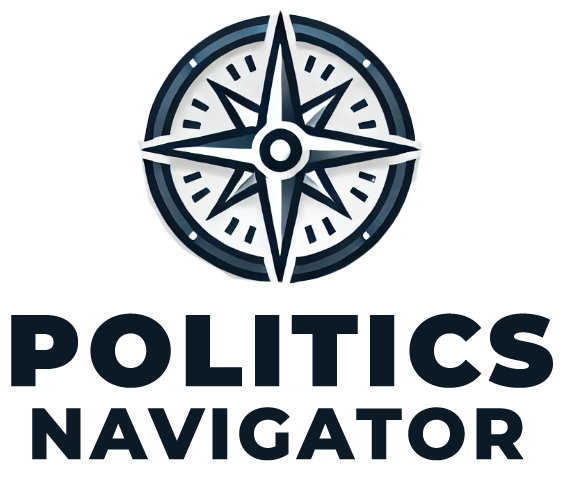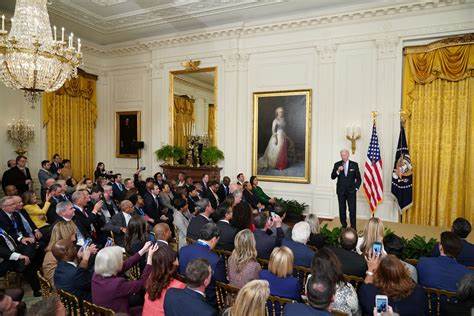The Loper Bright v. Raimondo decision by the U.S. Supreme Court has sparked intense discussion about the relationship between federal agencies, Congress, and the judiciary. In overturning the decades-old Chevron deference, the Court reasserted the judiciary’s role in interpreting laws, limiting the discretionary power of unelected regulatory agencies.
This ruling is a significant reaffirmation of constitutional checks and balances, ensuring that federal agencies remain accountable to Congress and, ultimately, the American people.
What Is the Loper Bright Decision About?
The Loper Bright case centered on whether federal agencies, such as the National Oceanic and Atmospheric Administration (NOAA), can interpret ambiguous congressional statutes to create rules that impose significant burdens without clear legislative backing.
The Key Issue
The legal precedent known as Chevron deference, established in Chevron v. Natural Resources Defense Council (1984), allowed courts to defer to agencies’ interpretations of ambiguous laws if deemed reasonable. Over time, Chevron deference gave agencies broad latitude to create and enforce rules, often without direct oversight from Congress.
In Loper Bright, herring fishing operators challenged a NOAA rule requiring them to fund onboard monitors, arguing that the rule exceeded the agency’s statutory authority. The Court’s conservative majority sided with the operators, overturning Chevron deference and stating that judges must independently interpret the law.
The Supreme Court’s Reasoning
Chief Justice John Roberts, writing for the majority, emphasized the judiciary’s constitutional role in interpreting laws:
“It is emphatically the province and duty of the judicial department to say what the law is.”
Key points from the ruling include:
- Judicial Responsibility: Courts, not agencies, must resolve statutory ambiguities.
- Congressional Intent: Agencies should not assume power beyond what Congress explicitly grants.
- Limits on Bureaucratic Authority: Regulatory bodies cannot stray from their mandates under the guise of statutory interpretation.
This decision places greater accountability on Congress to write clear, detailed laws and ensures that agencies cannot expand their powers unilaterally.
Implications of the Loper Bright Decision
The ruling has far-reaching consequences for governance, regulatory oversight, and the balance of power among branches of government.
1. Accountability in Regulation
By curbing bureaucratic overreach, the decision reinforces the principle that agencies must remain tethered to the will of Congress. This prevents unelected officials from imposing significant regulations without legislative approval.
2. Judicial Oversight
The ruling shifts responsibility for statutory interpretation back to the judiciary. Courts will now play a more active role in evaluating whether agency rules align with congressional intent.
3. Impact on Federal Agencies
Agencies like the Environmental Protection Agency (EPA) and Food and Drug Administration (FDA) may face greater scrutiny in implementing rules. Regulations will need to be more explicitly grounded in legislative authority to withstand judicial review.
4. Transparency and Public Trust
Requiring agencies to operate within clear statutory boundaries fosters transparency and strengthens public confidence in government processes.
Balancing Expertise and Oversight
Critics of the ruling, including Justice Elena Kagan, argue that agencies possess the technical expertise to interpret complex statutes, particularly in areas like environmental science, health, and safety.
However, the majority contends that judicial oversight does not undermine regulatory expertise but ensures accountability and adherence to the rule of law.
Example: The EPA and PM2.5 Regulations
The EPA’s regulation of PM2.5 (fine particulate matter) offers a case study in the balance between science and legal oversight. While PM2.5 reductions have improved air quality, asthma rates have continued to rise, suggesting that other factors may contribute. Judicial scrutiny of such regulations ensures that agencies base their actions on robust, transparent evidence and within the limits of congressional mandates.
Reactions to the Decision
Supporters of the Ruling
- Senate Republican Leader Mitch McConnell:
“The Constitution vests Congress with the sole authority to make law… Today’s decision ensures no unelected bureaucracy co-opts that authority.”
- Attorney Roman Martinez:
“The Court has taken a major step to preserve the separation of powers and shut down unlawful agency overreach.”
Critics of the Ruling
- Justice Elena Kagan:
“A rule of judicial humility gives way to a rule of judicial hubris… Agencies are better equipped to interpret regulatory statutes than courts.”
- Environmental Advocacy Groups: Many fear the decision will weaken safeguards for public health, safety, and the environment.
The Administrative Procedure Act and the Future
The Administrative Procedure Act (APA) remains a cornerstone of U.S. administrative law. While the Loper Bright decision shifts power dynamics, it does not eliminate the regulatory authority of agencies. Instead, it requires agencies to operate within clearer boundaries, ensuring rules are reasonable and grounded in explicit legislative authorization.
Congress’s Role
The ruling places greater responsibility on Congress to craft precise laws. Ambiguities that agencies once resolved under Chevron deference will now fall to courts, increasing the need for detailed legislative guidance.
The Loper Bright decision reaffirms the judiciary’s role as an interpreter of law, curtails bureaucratic overreach, and strengthens constitutional checks and balances. While the ruling has sparked debate about its impact on regulatory protections, it underscores the importance of accountability, transparency, and fidelity to congressional intent.
As agencies and courts adjust to this new paradigm, the decision serves as a reminder of the enduring principles that safeguard democracy: the separation of powers, the rule of law, and the responsibility of government to serve the people within its defined authority.











